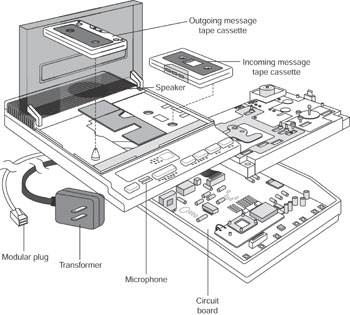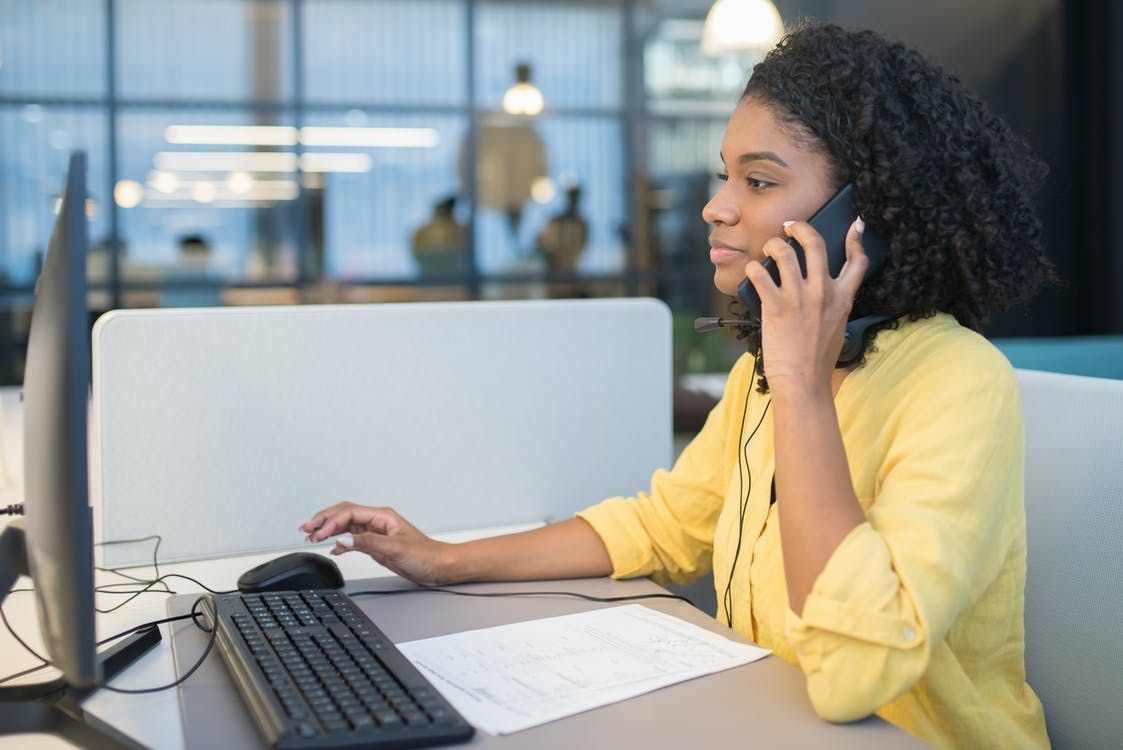All Categories
Featured
Table of Contents
- – What Is The Best The Benefits Of Secretarial An...
- – Who Has The Best How Answering Services Work?
- – What Is The Best How Do Answering Services Wor...
- – What Is The Best Call Answering Service To Get
- – Who Is The Best 12 Best Telephone Answering S...
- – What Is The Best What Is A Phone Answering S...
What Is The Best The Benefits Of Secretarial And Telephone Answering ... Service?
This device and its successors were developed by Sava Jacobson, an electrical engineer with a private consulting service. While early answering devices utilized magnetic tape innovation, most modern-day equipment uses solid state memory storage; some devices utilize a mix of both, with a solid-state circuit for the outbound message and a cassette for the incoming messages.
"toll saving" below) (reception services). This works if the owner is screening calls and does not want to speak with all callers. In any case after going, the calling celebration must be informed about the call having actually been addressed (most of the times this starts the charging), either by some remark of the operator, or by some welcoming message of the little, or addressed to non-human callers (e.
This holds particularly for the TADs with digitally kept welcoming messages or for earlier devices (before the rise of microcassettes) with an unique unlimited loop tape, separate from a second cassette, devoted to recording. There have actually been answer-only devices without any recording capabilities, where the welcoming message had to notify callers of a state of present unattainability, or e (business call answering service).
Who Has The Best How Answering Services Work?

about availability hours. In recording TADs the greeting typically includes an invitation to leave a message "after the beep". A voice mail that utilizes a microcassette to record messages On a dual-cassette answerphone, there is an outbound cassette, which after the defined variety of rings plays a pre-recorded message to the caller.

Single-cassette answering machines include the outbound message at the start of the tape and incoming messages on the remaining area. They first play the announcement, then fast-forward to the next offered area for recording, then record the caller's message. If there are numerous previous messages, fast-forwarding through them can trigger a substantial delay.
This beep is typically described in the greeting message, asking for that the caller leave a message "after the beep". Littles with digital storage for the tape-recorded messages do disappoint this hold-up, of course. A TAD may offer a push-button control facility, whereby the answerphone owner can call the house number and, by going into a code on the remote telephone's keypad, can listen to taped messages, or erase them, even when away from house.
What Is The Best How Do Answering Services Work? Company

Thereby the device increases the variety of rings after which it responds to the call (normally by two, resulting in 4 rings), if no unread messages are presently saved, but responses after the set variety of rings (normally two) if there are unread messages. This enables the owner to learn whether there are messages waiting; if there are none, the owner can hang up the phone on the, e.
Some makers also permit themselves to be from another location triggered, if they have actually been changed off, by calling and letting the phone ring a particular a great deal of times (typically 10-15). Some company desert calls already after a smaller variety of rings, making remote activation impossible. In the early days of Little bits an unique transmitter for DTMF tones (dual-tone multi-frequency signalling) was regionally needed for push-button control, because the previously employed pulse dialling is not apt to convey suitable signalling along an active connection, and the dual-tone multi-frequency signalling was executed stepwise.
Any inbound call is not recognizable with regard to these homes in advance of going "off hook" by the terminal equipment. So after going off hook the calls need to be changed to proper devices and only the voice-type is immediately accessible to a human, but maybe, nevertheless should be routed to a LITTLE BIT (e.
What Is The Best Call Answering Service To Get
What if I informed you that you do not have to actually select up your gadget when answering a customer call? Someone else will. So convenient, right? Addressing telephone call does not need somebody to be on the other end of the line. Efficient automated phone systems can do the trick simply as efficiently as a live agent and in some cases even much better.
An automated answering service or interactive voice response system is a phone system that interacts with callers without a live person on the line - phone answering. When companies utilize this innovation, consumers can get the answer to a concern about your service merely by utilizing interactions set up on a pre-programmed call circulation.
Although live operators update the client service experience, many calls do not need human interaction. A basic recorded message or directions on how a consumer can retrieve a piece of info generally resolves a caller's immediate need - business call answering service. Automated answering services are a basic and reliable method to direct inbound calls to the best person.
Who Is The Best 12 Best Telephone Answering Service For Businesses In ... Company
Notice that when you call a business, either for assistance or product inquiry, the very first thing you will hear is a pre-recorded voice welcoming and a series of options like press 1 for customer service, press 2 for queries, and so on. The pre-recorded alternatives branch out to other options depending on the client's choice.
The phone tree system assists direct callers to the ideal person or department using the keypad on a smart phone. In some circumstances, callers can utilize their voices. It deserves keeping in mind that auto-attendant alternatives aren't restricted to the ten numbers on a phone's keypad. As soon as the caller has selected their very first option, you can create a multi-level auto-attendant that utilizes sub-menus to direct the caller to the right kind of support.
The caller does not have to interact with an individual if the auto-attendant phone system can manage their concern. The automatic service can route callers to a worker if they reach a "dead end" and need assistance from a live agent. It is expensive to work with an operator or executive assistant.
What Is The Best What Is A Phone Answering Service? Company?
Automated answering services, on the other hand, are significantly cheaper and offer considerable expense savings at approximately $200-$420/month. Even if you don't have dedicated personnel to deal with call routing and management, an automated answering service enhances performance by allowing your team to concentrate on their strengths so they can more effectively spend their time on the phone.
A sales lead routed to customer care is a lost shot. If a consumer who has product concerns reaches the wrong department or gets insufficient responses from well-meaning employees who are less trained to manage a particular type of question, it can be a reason for frustration and frustration. An automated answering system can minimize the number of misrouted calls, consequently assisting your employees make better usage of their phone time while maximizing time in their calendar for other jobs.
With Automated Answering Systems, you can develop a customized experience for both your staff and your callers. Make a recording of your main welcoming, and merely upgrade it routinely to show what is going on in your organization. You can create as lots of departments or menu choices as you desire.
Table of Contents
- – What Is The Best The Benefits Of Secretarial An...
- – Who Has The Best How Answering Services Work?
- – What Is The Best How Do Answering Services Wor...
- – What Is The Best Call Answering Service To Get
- – Who Is The Best 12 Best Telephone Answering S...
- – What Is The Best What Is A Phone Answering S...
Latest Posts
Top Real Estate Answering Service ( Adelaide)
Small Business Answering Service
Effective Business Answering Service Near Me
More
Latest Posts
Top Real Estate Answering Service ( Adelaide)
Small Business Answering Service
Effective Business Answering Service Near Me